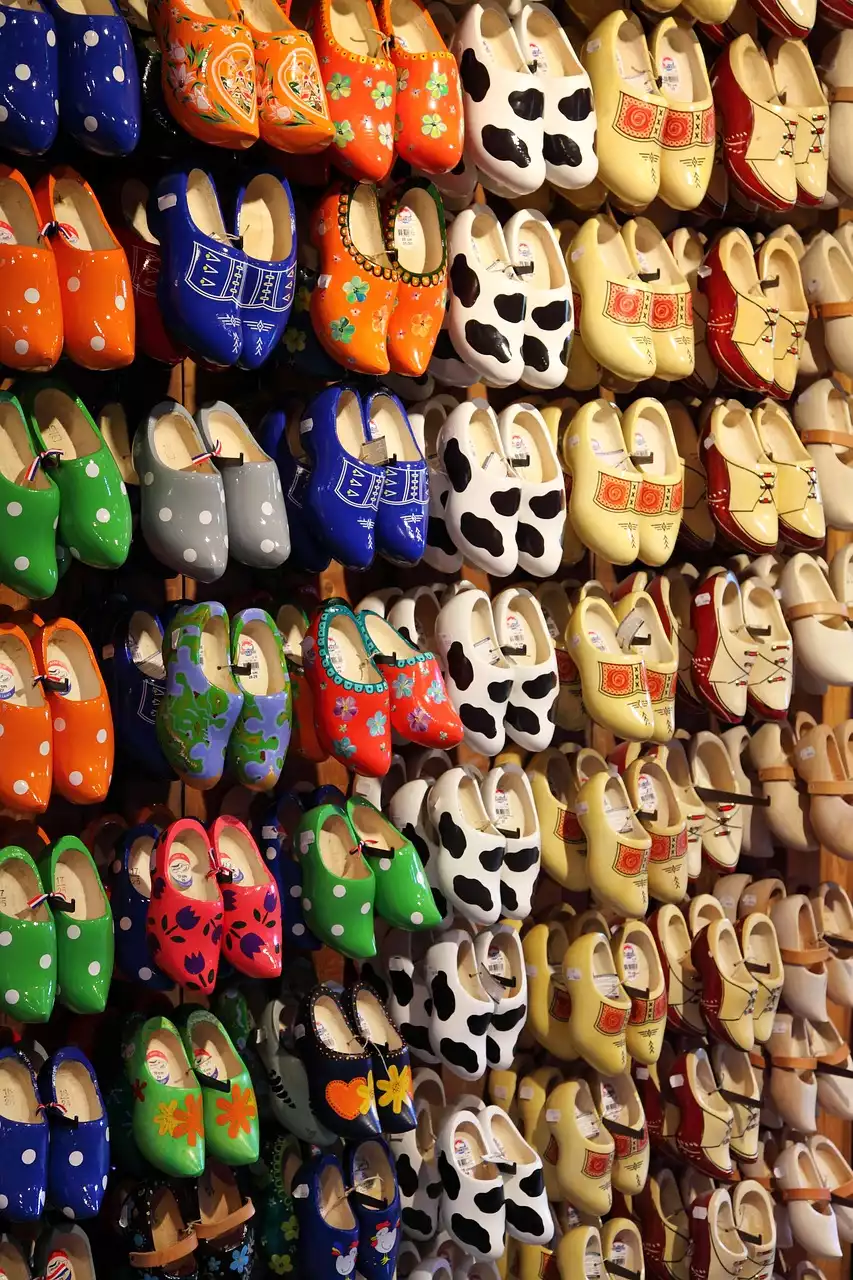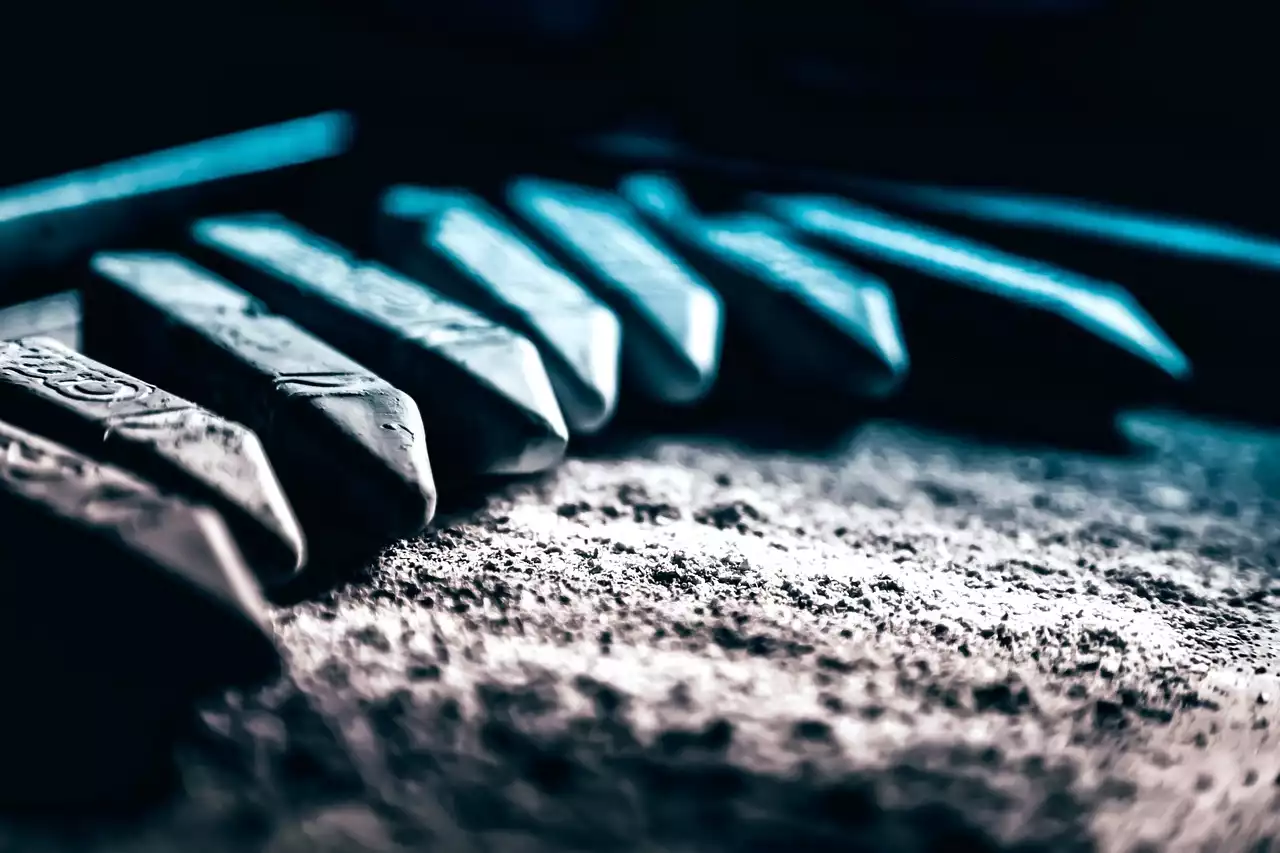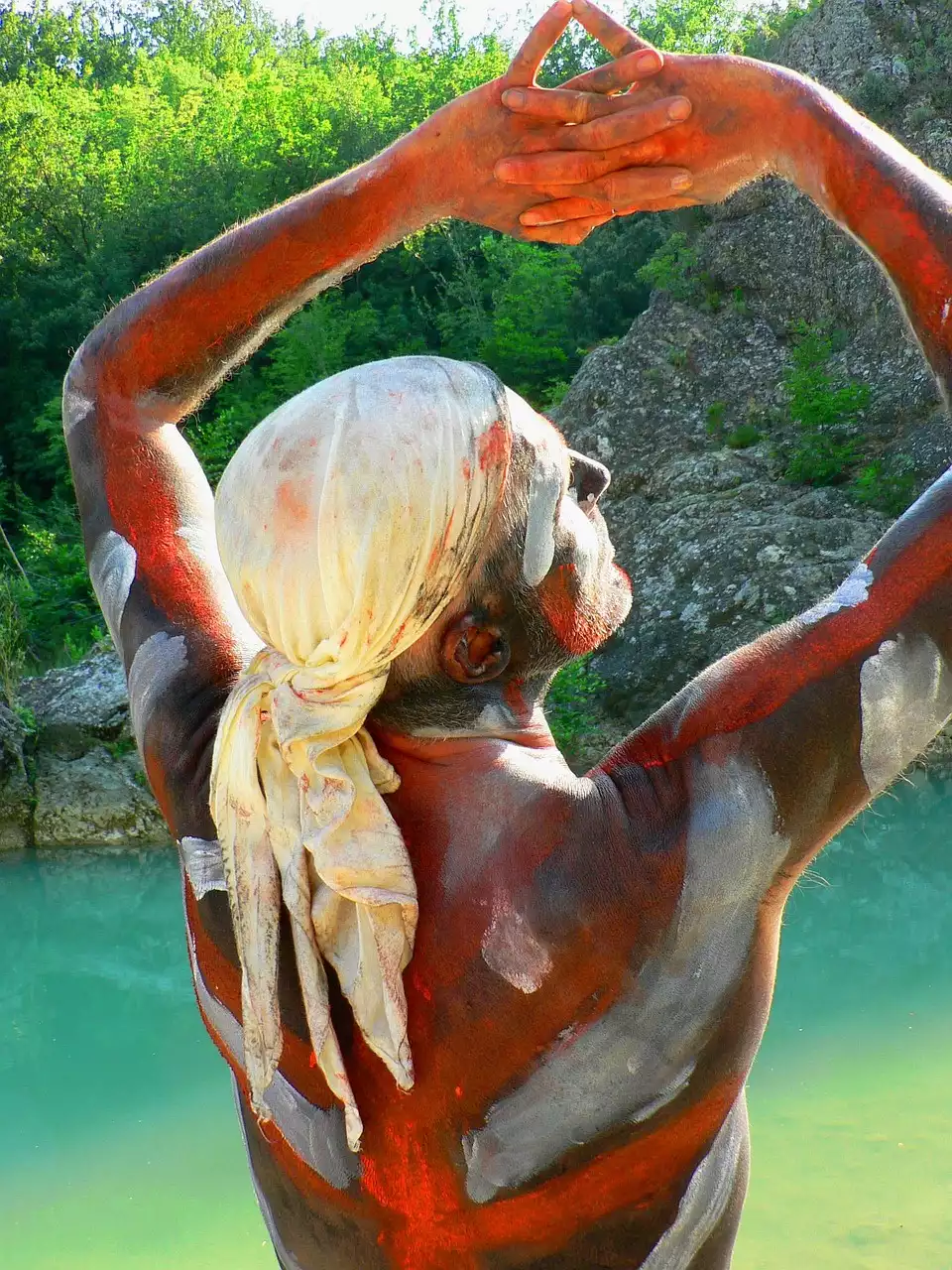Benefits of taking a workshop specifically for learning oil painting
There are several benefits to taking a workshop specifically for learning oil painting. While you could use a basic introduction to oil painting as a guide, a workshop is much more hands-on and allows you to explore oil painting in greater detail. An oil painting workshop will allow you to learn about various painting techniques, such as brush strokes, color mixing and blending, and different types of paint applications. A workshop is also a great opportunity to make new friends, exchange ideas, and learn from each other as you explore this exciting art form together. Another benefit of taking a workshop specifically for learning oil painting is that you’ll be able to create your oil paintings from scratch. This is in contrast to a basic oil painting class, where you’ll be creating replicas of the work of famous artists. By creating your oil paintings, you’ll be able to explore your artistic voice, develop your creative skills and discover new techniques that can be applied to other mediums.
What to expect in an oil painting workshop
An oil painting workshop will vary according to the instructor, but there are a few key things to expect as you take this class. First, you’ll be working with a particular type of oil paint, commonly referred to as the “medium.” With this medium, you can apply paint thickly, thinly, or anywhere in between. You’ll also have a palette on which to mix colors and store paint. Within a few hours, you’ll be able to create your colors, mixing them to create a custom paint color. You’ll be able to use a wide range of brushes, from large, open brushes to fine-tipped brushes for detail work. You’ll also learn about different painting techniques, such as brush strokes, color mixing and blending, and different types of paint applications. Additionally, you’ll be able to create your oil painting from scratch. This is in contrast to a basic oil painting class, where you’ll be creating replicas of the work of famous artists. By creating your oil paintings, you’ll be able to explore your artistic voice, develop your creative skills and discover new techniques that can be applied to other mediums.
Overview of essential supplies and materials
Before you attend an oil painting workshop, you first need to gather a few essential supplies and materials. First, you’ll need good quality oil paints. You’ll also need a palette, an easel, a brush, a wooden paint palette knife, a bristle brush, a roll of paper towels, a barrier spray, and a drop cloth. You may also want to grab some paper or a sketchbook so that you can experiment with oil pastels, which dry quickly and allow for a different painting experience and texture. You can also use other materials in your oil painting workshop, such as stencils, paper, fabric, or even ceramic. Make sure to confirm which materials are allowed before attending your workshop.
Color mixing and blending techniques
When it comes to oil painting, there’s no such thing as a “wrong” color. Instead, you can create any color by mixing different colors. To do this, you’ll want to use a palette knife and smear a variety of colors together to create a new, unique color. You can also use the knife to create textures and paint strokes in your painting. For more precise color blending, use a brush, dabbing the bristles in one color and then another to create a new color. You can also use a color wheel to help you select complementary colors. Complementary colors are those that are opposite each other on the color wheel. By combining two complementary colors, you can create a third color that’s more vibrant and interesting than the two colors on their own.
Brush stroke techniques and application of paint
There are a variety of different brush stroke techniques that you can use in your oil painting, each giving a unique texture, texture, and visual effect. For example, a stippling brush stroke creates a soft texture, while a scumbling brush stroke creates a rough texture. To create a feathered brush stroke, dip your brush into the solvent, then paint on your canvas. For a blending brush stroke, paint color over a second color, then blend the two colors with a clean brush. For an impasto brush stroke, load your brush with thick paint, then apply the paint heavily. When choosing which paint to use for your oil painting, be mindful of the brush stroke technique you’re aiming for. Certain paints are better for certain applications and brush stroke techniques.
Composition, perspective and color theory
As you learn how to mix colors and apply paint, you’ll also start to learn about composition, perspective, and color theory. Composition is the way that you arrange your elements, such as shapes, lines, and colors. There are many different types of compositions, such as landscapes, portraits, or still life. You can also play with different aspects of composition, such as color, line, and shape. The color theory explores how colors can be used to create a mood or set an emotional tone. You can use color theory to select the right colors for your painting, creating a balanced composition that’s visually interesting and expressive. Perspective is how you arrange your lines and visual elements in your painting, creating the illusion of depth. There are three types of perspectives that you can use, such as one-point, two-point, and three-point perspectives.
How to continue learning and developing your skills
Once you’ve completed an oil painting workshop, there are a few ways you can keep learning and developing your skills. For example, you can join an online art community, where you can meet other artists, share your work and receive feedback. You can also sign up for online art courses, where you can learn new skills, explore different mediums and expand your art portfolio. Finally, you can start attending art exhibitions, where you can see various artworks and connect with fellow artists.





.png?size=50)



